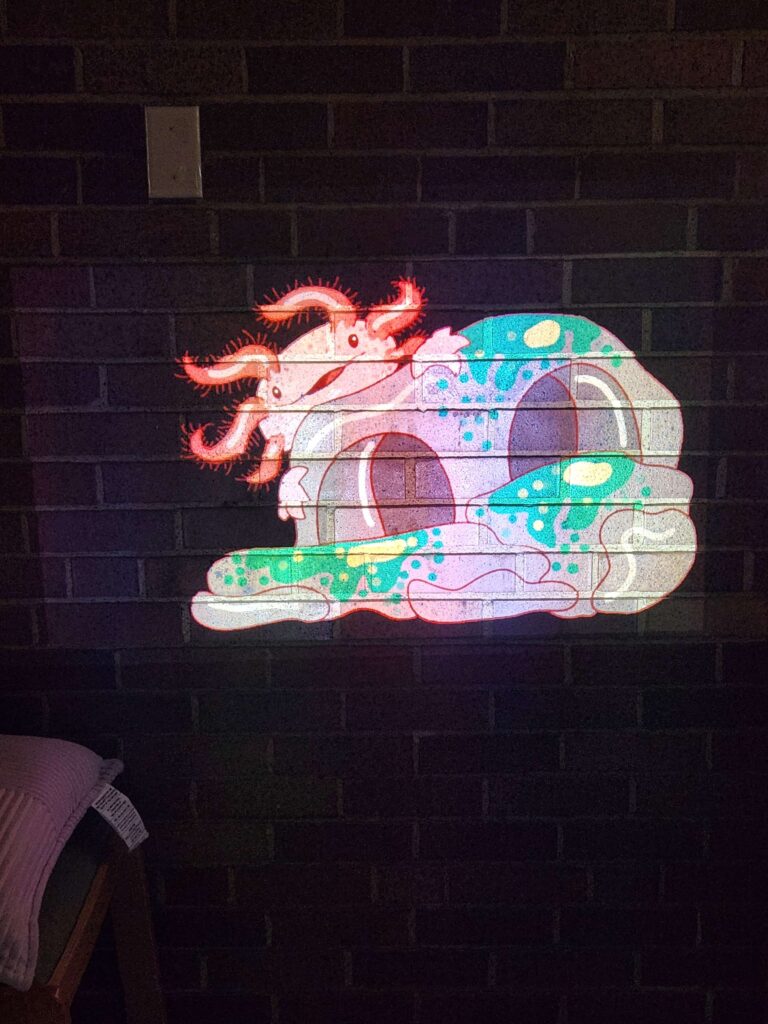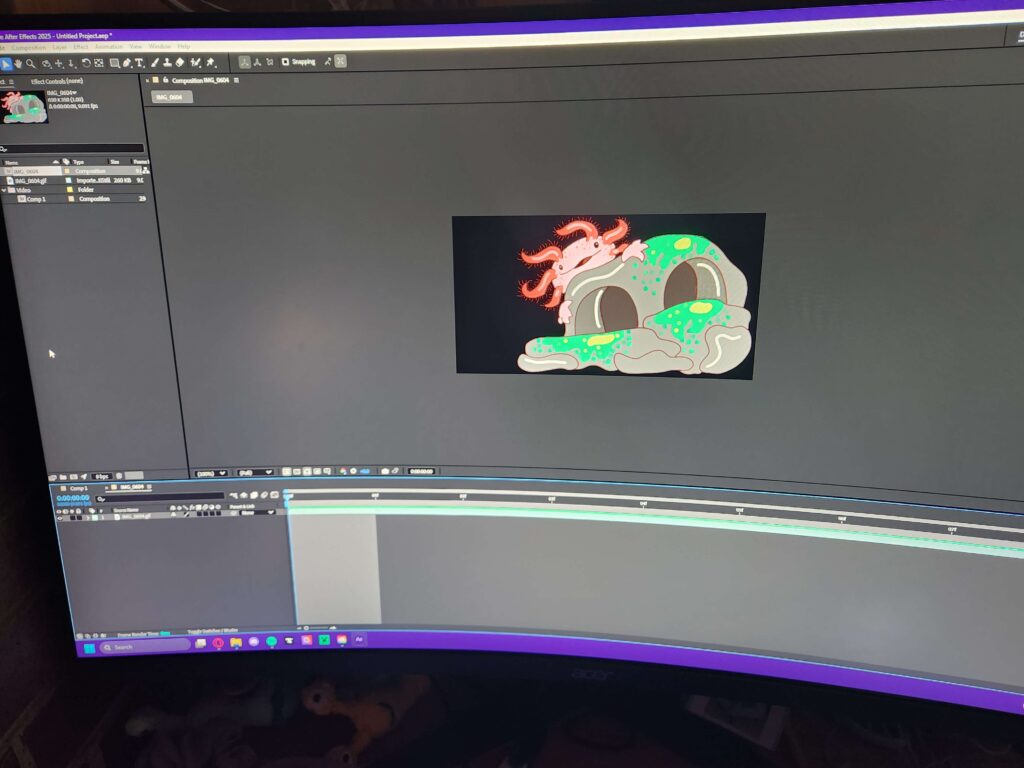Play: Camel Up!
- Was it fun?
- I really enjoyed it. It was a fun version of horse racing and the ideas around it made it very engaging and fun. It seemed easy for any age, and the random chance of which camel would win make it more engaging and more fun to replay.
- What were the player interactions?
- We were acting more as a group, we were cheering when the camel we wanted moved again and would sigh when we were losing. It was no interaction between players themselves, unless it involved the camels.
- How long did it take to learn?
- In only about 10 minutes, the rules were easy to understand and the game was labeled well to understand where the cards are meant to go. The rules were also easy because the premise of “horse racing” is very common, so it helps with a general understanding.
- What was the most frustrating moment or aspect of what you just played?
- It was first when one of the camels that you have previously bet on was losing, but that is part of the fun. The point of the game is meant to be frustrating in that aspect, as it is gambling.
- What was your favorite moment or aspect of what you just played?
- It was overall just a fine time. The smoothness of the game and theming was done well, and the act of randomness made the experience feel more like the players were watching the show, instead of controlling it. It felt cool like we were actually watching the live bets on tv, instead of just playing a game.
- Was there anything you wanted to do that you couldn’t?
- I wanted to revoke my bet if anything. I bet on too early and ending up losing money at the end of the game, and couldn’t ever change the bet.
- If you had a magic wand to wave, and you could change, add, or remove anything from the experience, what would it be?
- I would change some of the betting rules. You can bet up until the last race, and could still get full points if you are the 1st one to go. I would change it so that in the 2nd to last round, all bets must end up being placed. This would prevent last minute betting and still keep the bets open for a long time though.
- Is this a game you would play again? Yes _____ No ______ Why
- Yep! It was fun to play and just an enjoyable experience, which is why I would play it again. The whole game was easy and I feel many people would enjoy the game.
- Analyze the game using the 3 act structure.
- The start of act 1 was learning the rules, which was easy since the instructions and board were easy to understand, plus we watched a video that helped too. Act 2, actually playing the game was very fun. It was, like i said, watching and betting on live horse racing and it very fun, while it was only a game. The ending of act 3 was simple, add up the coins and finalize the money for the bets. It was easy to end the game and easy to get it started again too.
- What are the collaborative and or competitive aspects of the game?
- The game was competitive as we were betting on multiple opportunities (camels losing or winning) which caused players to win or lose based on predictions and chances.
- What is the game’s metaphor and which of the game’s mechanics standout?
- I like the whole premise, the racing and the theming was great. It made it fun to play and was a kid friendly way to gamble. The whole randomness of the camels movement, and the fact that not every camel would move every turn makes it interesting.


